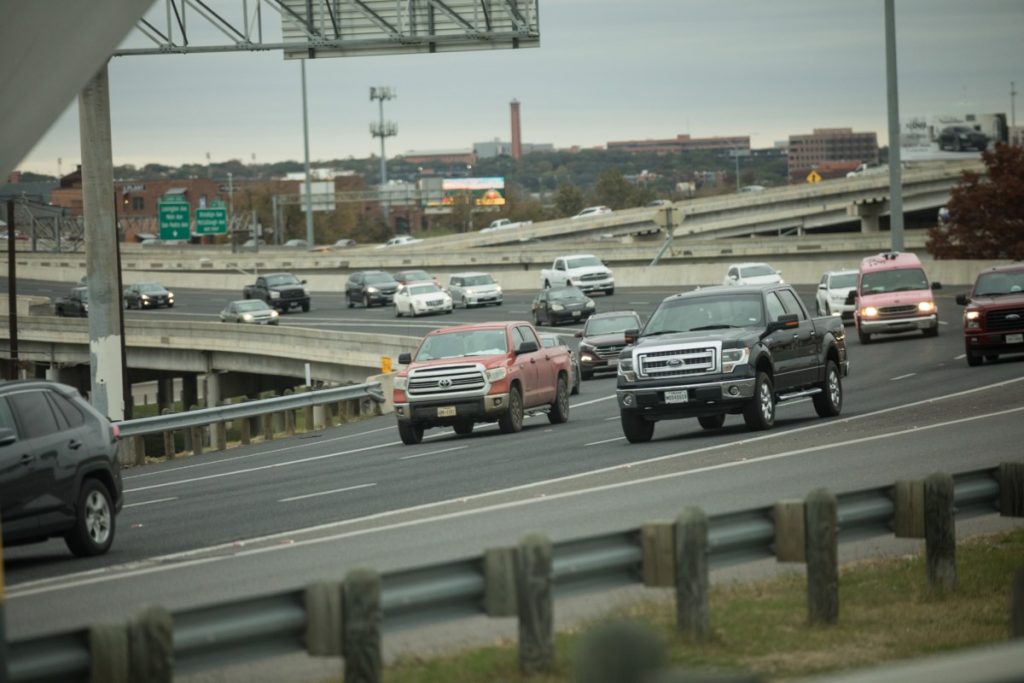
Written by Gary Raba, Chief Growth Officer, Raba Kistner
The fiscal year 2022 budget released by the Biden administration calls for over $6 trillion in spending and aims to reimagine the workings of the United States economy. The budget includes a proposed $1.8 trillion “families” plan, Medicare expansion, and prescription drug changes. It also calls for a $2.3 trillion infrastructure plan, which includes a combination of traditional infrastructure and what I refer to as social infrastructure.
Through my work with the American Council of Engineering Companies (ACEC), I have had the opportunity to engage with several members of the Problem Solvers Caucus, a bipartisan group in the U.S. House of Representatives, and am able to understand the plan on a national level, as well as its potential regional impact. I recognize the need for new and updated infrastructure in our city and across Texas and my hope is that the national plan ultimately supports the growth ahead of us.
Negotiations related to the infrastructure plan have been complicated, to say the least, resulting in a proposed bipartisan plan to avoid reconciliation. Both parties have strong opinions about how the plan could ultimately impact our country, and President Joe Biden is further bound by his campaign promise to not raise taxes on those earning less than $400,000 annually.
To understand why the plan has raised questions and concerns across both parties, it is important to define infrastructure. In simple terms, traditional civil infrastructure refers to the basic physical and organizational structures and facilities needed to establish societies and build communities — think roads, buildings, bridges, and railways. It’s the brick and mortar, concrete and steel, utility distribution systems — the building blocks of our cities and critical components needed to sustain communities and businesses, particularly in areas of immense growth such as San Antonio.
Within the groupings of traditional infrastructure, it is also important to include technologies of broadband, energy and distribution grid improvements, coastal hardening, and resiliency. These types of capital investments yield some of the greatest returns of anything the government can put its money into.
On the other hand, the social element goes beyond traditional infrastructure to include areas such as caregiving, housing, and climate change. Because the infrastructure plan was created to address and fund both traditional and social elements, it raises the question of scope and whether we are making a sufficient investment in building and revitalizing the physical structures needed to support our economy.
Like many, when considering the proposed investment in infrastructure, I am both optimistic about what could be and apprehensive about how the plan might unfold. The framework of the plan would represent the largest infrastructure investment in American history, totaling $579 billion in new spending. My hope is that by moving forward with a bipartisan infrastructure plan we are able to solidify a substantial investment in the traditional civil infrastructure needed to support our country, regions, and communities.
According to the 2021 Report Card for America’s Infrastructure recently released by the American Society of Civil Engineers (ASCE), the U.S. scored a grade of C-. The report also finds the country is spending just over half of what is required to support the backbone of the economy, and the cost of upgrading our national infrastructure will require $2.5 trillion over a 10-year period.
Few regions understand the need for lasting infrastructure to accommodate growth like Texas. More than 500,000 people moved to the state in 2019, which was the seventh year in a row Texas experienced an influx of as many residents, according to the 2021 Texas Relocation Report released by Texas Realtors.
In San Antonio and other cities across the country where the population is growing rapidly, a prioritization of infrastructure is needed in order to remain sustainable. Not only is new investment needed in our highways, schools, and buildings to support our growing population, but there is also a demand for updating and investing in decaying infrastructure, which keeps us from being competitive.
The plan has the power to reimagine our country’s infrastructure. Through its investment in roads, bridges, transit, rail, and wastewater and drinking water infrastructure, it ultimately would create well-paying jobs which would help rebuild our economy. By investing in workers and communities of all sizes, our country will be able to deliver on infrastructure demands.
Goals of increased investment in better roads and bridges, with an emphasis on fixing existing infrastructure, and record investments in transit, which are both defined within the proposed bipartisan plan, align with local priorities.
Will the bipartisan plan be enough to meet infrastructure demands? I do hope so, for the nation at large needs to remain competitive on a global platform and our community deserves the infrastructure required to sustain future generations.
This article was originally featured in San Antonio Report, and can be found here.












